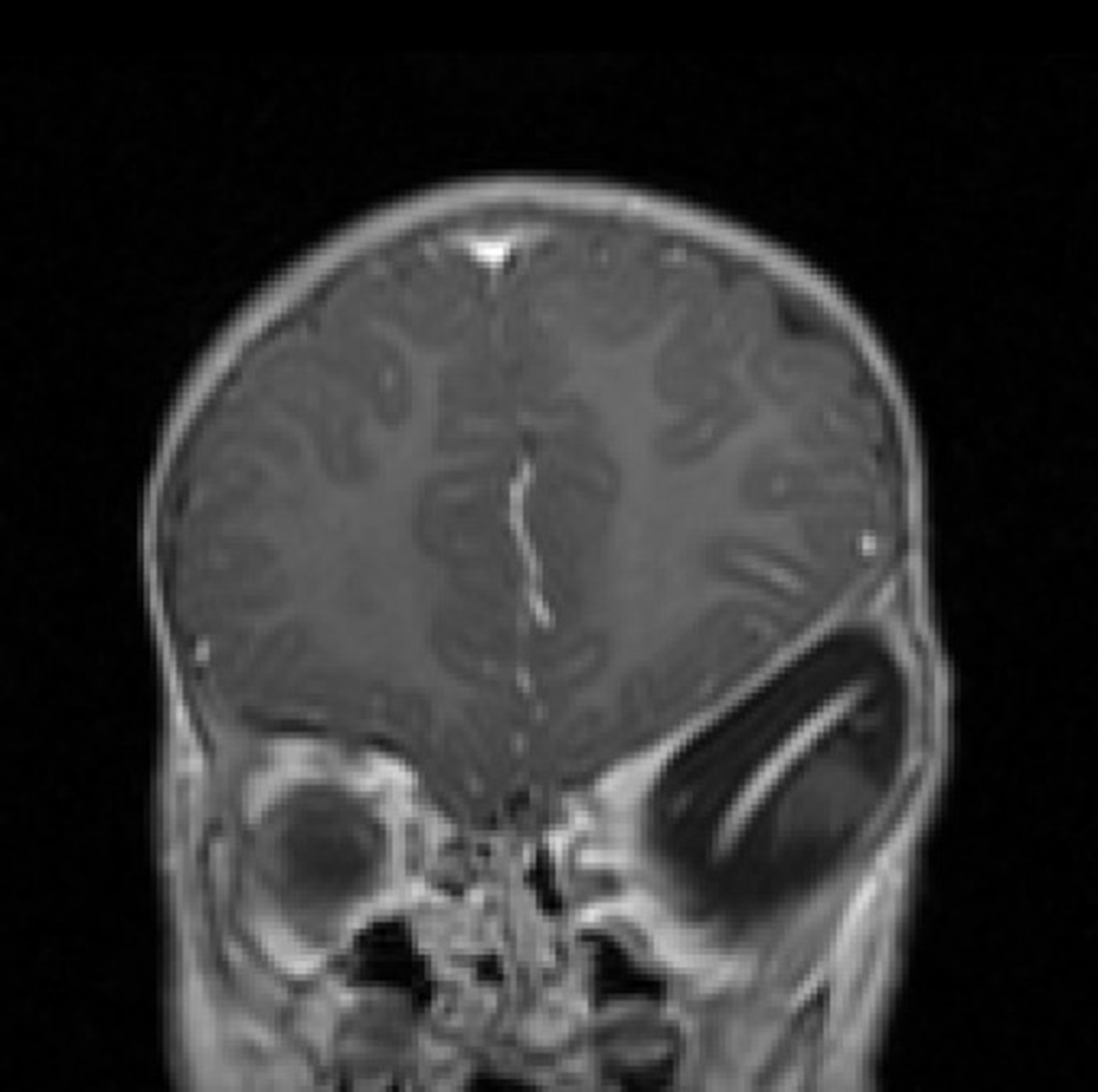
Neurofibromatosis type II is an inherited type of disease commonly characterized by the development of symmetric brain tumors in the region of cranial nerve VIII which are not malignant. The affected nerve is actually the auditory vestibular type of nerve which is in charge of transmitting all kinds of sensory information from the inner ear all the way to the brain. It is also relatively common for those who suffer from neurofibromatosis type II to experience certain eye related medical problems. The main cause of this medical condition is the mutation of certain genes which are in charge of the movement and the development of cells in the human body.
Symptoms and Signs
There is a wide range of symptoms which may be associated with neurofibromatosis type II. More than 90 percent of people affected by this type of medical condition experience certain problems with their eyes, among which eye lesions are the most common. Some cases may also involve the onset of juvenile subcapsular cataract, especially in younger people. Some patients suffering from neurofibromatosis type II may develop neurofibromas on the skin. The spinal cord may get affected too. Every second case of neurofibromatosis type II involves the development of spinal lesions. The spinal cord may be affected by two groups of tumors which can be divided into intramedullary lesions and extramedullary lesions. Intramedullary lesions are usually inside the spinal tissue while the extramedullary ones occur inside the small space between the wall of the spinal canal and the surface of the actual spinal cord. It is not uncommon for patients who suffer from neurofibromatosis type II to additionally develop tumors of other cranial nerves except for the 8th cranial nerve. Most cases of this disease are connected with bilateral acoustic neuromas. There are also certain types of clinical signs which can only be detected by a doctor during a clinical examination. These clinical signs may or may not include facial hypesthesia, nystagmus and abnormal corneal reflex, depending on the individual case. Other signs and symptoms which may be associated with neurofibromatosis type II include elevated levels of protein in liquor study, pathological findings in electronystagmography, hearing loss confirmed by audiometric studies, tumors in the regions of the cerebellopontine angle and the enlargement of the porus acousticus internus.
Diagnosis
Most cases of neurofibromatosis type II can be diagnosed accurately by utilizing certain methods such as amniocentesis or chorionic villus sampling. There are also certain types of criteria which need to be met so that the condition can be diagnosed properly. The criteria commonly include a first degree relative with neurofibromatosis type II and the occurrence of juvenile posterior subcapsular cataract as well as the occurrence of schwannoma, glioma, meninigioma or neurofibroma and confirmation of bilateral acoustic neuroma by certain imaging procedures.
Progression of the Disease and Treatment Options
Acoustic neuromas which are commonly associated with neurofibromatosis type II are confirmed to frequently affect young people. The medical condition itself can be divided and classified into two distinct groups. The first one is known as the Wishart-Phenotype and it is generally characterized by multiple spinal or cerebral lesions and rapid progression of tumors. This type predominantly affects people younger than 20. The second type of neurofibromatosis (type II) is referred to as the Feiling-Gardner Phenotype and is characterized by the development of single central tumors with a significantly slower progression. In most cases, this second type of the condition occurs in people who have more than 20 years. Early diagnosis is always very helpful in choosing the best treatment approach which is essential for all patients, especially those suffering from neurofibromatosis type II. If diagnosed on time, a surgical intervention may be very efficient in preventing the acoustic neurinoma from causing facial nerve function problems. Surgery is also of major importance for prevention of hearing loss in patients who suffer from smaller tumors and have relatively mild hearing impairment. Some people who suffer from Wishard phenotype may experience corneal injury, conjunctivitis, loss of mobility of the eyelid muscles and other complications following a surgical treatment. These cases are usually taken care of by utilizing a process known as lidloading. The corneal health may also be preserved by several other methods such as tarsorrhaphy which involves partial sewing of the eyelids. The surgery for acoustic neuroma includes several methods such as the middle fossa approach, the translabyrinthine approach and the retrosigmoid approach. The middle fosa approach is commonly chosen for the treatment of small tumors while the translabyrinthine approach and the retrosigmoid approach are reserved for the treatment of large tumors. There is another technique which can be highly successful. It is called auditory canal decompression. Certain other treatment methods which can be helpful in some cases of neurofibromatosis type II include radiosurgery and chemotherapy. The doctor chooses the best approach for each and every patient and always takes into consideration a variety of factors related to characteristics of the disease, its progression and associated complications.








-Causes,-Symptoms,-Diagnosis,-Treatment_f_280x120.jpg)








Your thoughts on this
Loading...